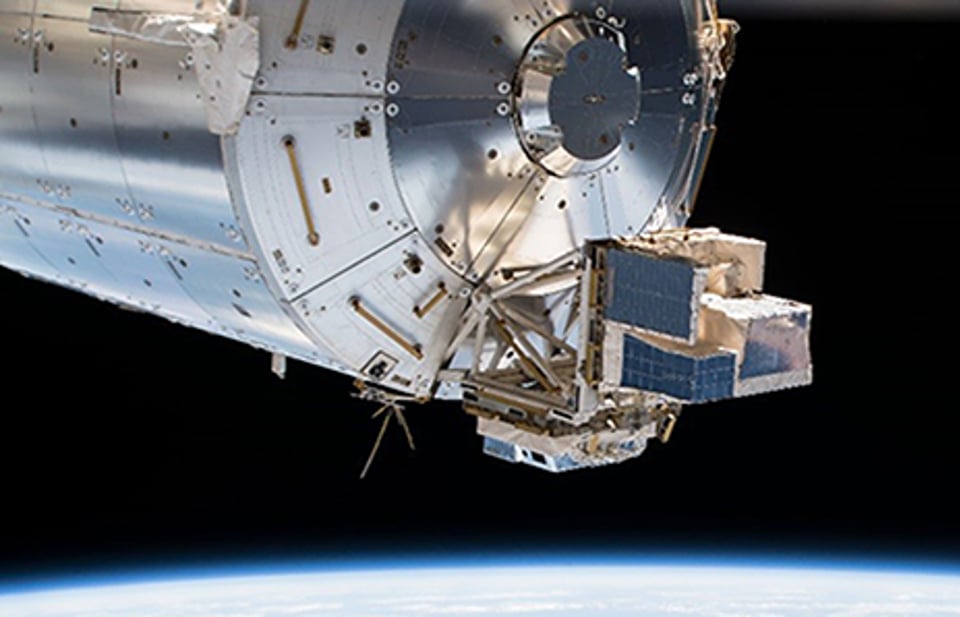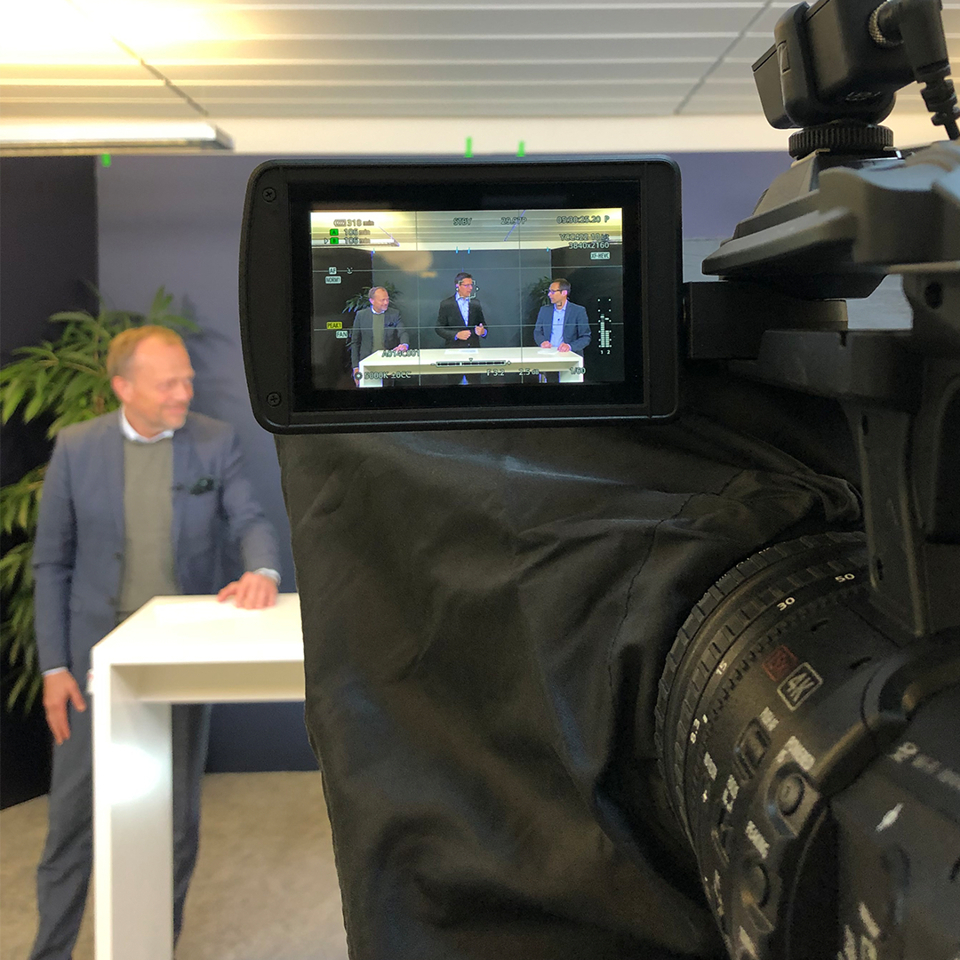2019-08-19
EXTENSION OF ASIM SPACE OBSERVATORY MISSION TO BE INVESTIGATED
Terma will continue to support the ESA project and assist both the control room and the researchers in getting the optimal scientific benefits.

The great research results have initiated a feasibility investigation of extending the ASIM mission beyond the two years it was designed for. Therefore, Terma is performing a series of technical analyzes to ensure that the extension of the mission will not cause any hazards for the astronauts.
Terma’s project manager on ASIM, Ole Hartnack, says: “The safety of the astronauts on board the International Space Station, ISS, is a top priority. Therefore, all our analyzes must be reviewed to examine how an extension will affect the integrity of ASIM in space.”
The ASIM observatory has been operational since 13 April 2018. From its location on ISS, the observatory is mapping giant lightnings and gamma-ray bursts in the upper atmosphere of Earth.
Terma is heading the industrial consortium behind ASIM on a contract with ESA, while DTU (The Danish Technical University) is leading the international research group, which analyses the data downlinked from ASIM.
In March 2019, Terma installed a software upgrade of the two scientific instruments onboard ASIM, from the control room in Brussels. This has enhanced the quality of the scientific data significantly. With the upgrade, researches have been able to determine exactly where in the process of a lightning the gamma-ray bursts occur.
“We can really see new things, and we have gained much more insight into the anatomy of a lightning. In addition to gamma-ray bursts, our recordings show plenty of blue jets spreading like fireworks over the thunderclouds. It looks crazy,” says Torsten Neubert, DTU Space.
Torsten Neubert was recently honored with the H. C. Ørsted research award for his scientific work with the space observatory ASIM. Congratulations from Terma for the well-earned award which is also a recognition of everyone who has contributed to the ASIM mission.

The ASIM team (from left): Ole Hartnack from Terma, award winner Torsten Neubert, Per Thomsen, and Søren Møller Pedersen (all three DTU)
Terma will continue to support the ESA project and assist both the control room and the researchers in getting the optimal scientific benefit from ASIM. For example, Terma coordinates a test with the Canadian robotic arm along with ESA and NASA. In fear of accidently burning off the light sensors on ASIM, they are turned off whenever the robotic arm is in its field of view since the robotic arm has lights switched on, when it is used to install new equipment externally on ISS:
“The light sensors on ASIM are ultra-sensitive. We would like to use the robotic arm to make some measurements so we have a better basis for deciding whether the light sensors can remain active, even if there is light in the field of view,” says Dan D. V. Bhanderi, Terma. He is the engineering manager of ASIM. Terma coordinates with both ESA, NASA, and the Canadian team behind the robotic arm, to perform the test.

Who we are
Terma in Brief
The Denmark based high-tech Terma Group develops products and systems for defense and non-defense security applications; including command and control systems, radar systems, self-protection systems for aircraft, space technology, and aerostructures for the aircraft industry.
Learn more about us



